Note: This post contains affiliate links which means if you click on a link and purchase an item, we will receive an affiliate commission at no extra cost to you.
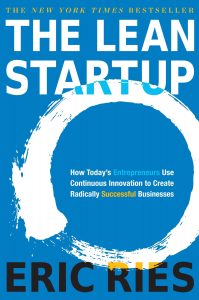
Why This Book Matters:
The Lean Startup busts several big myths about how a startup should be managed at the beginning and then maps out exactly what startup founders should focus on to make their venture a success.
Steps For Staying Lean And Experiencing Continued Growth
- Startups must be flexible to be successful
- Startups don’t have a past to draw from, so traditional management practices of creating a plan and setting specific milestones aren’t always effective.
- Example: A new web-based watchmaker will not find success following the same management strategy as Timex, an established international brand.
- Startups should focus first and foremost on finding an appropriate business model
- Don’t get distracted by complex milestone plans, and instead stay focused on getting customers in the door and paying for your services.
- Example: Your core business model shouldn’t be selling kilt-making instructions unless you know there are people that want that and would pay for it.
- Use validated learning based on a scientific approach to finetune your business model
- Create a hypothesis about your product and customers and test it with real customers.
- Example: Zappos started with the hypothesis that people would buy shoes online and then tested the hypothesis.
- Before you invest, test with a minimum viable product (MVP)
- Many founders spend way too much time developing a product without testing it. Instead, create mock products, prototypes, or pictures to solicit potential customer feedback early on.
- Example: Dropbox created a video promoting their idea before actually developing it.
- Build, measure, learn (BML), then rinse and repeat
- The most important thing for a start-up is learning, which can only happen with real-world feedback that you can get by short cycles of building a product, measuring the customer response, and learning.
- Example: An online shoe company could start by building a fake shoe website to measure how many customers tried to buy products.
- Split-tests can help start-ups decide which features are valuable to customers and which are wasteful
- Implement valuable features that attract more customers and scrap wasteful features by testing the product with and without the feature.
- Example: A mail-order business sent half of its customers the old version of its catalog and sent the other half an updated version and compared the results of the two.
- Start-ups will probably have to pivot at some point to find the right business model
- An iron-fisted grip on an original business model can turn start-ups into zombies. Successful start-ups will often have to pivot from original assumptions.
- Example: A pivot could mean changing your core value, targeting a different market, or focusing on a different sales channel.
- Focus on one engine of growth at first
- The three growth engines:
- the sticky engine: keeping current customers and getting them to buy more
- the viral engine: marketing through existing customers
- the paid engine: investing in marketing
- The three growth engines:
- Ignore vanity metrics and focus on the right metrics
- Identify metrics that actually measure the success of your business model rather than vanity metrics.
- Example: Facebook likes and hours per week you’ve put into your business are vanity metrics; look at your customer base and bottom line trend instead.

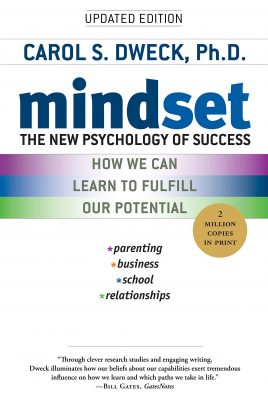
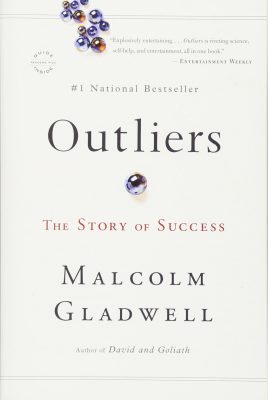
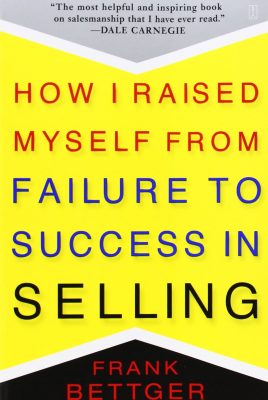

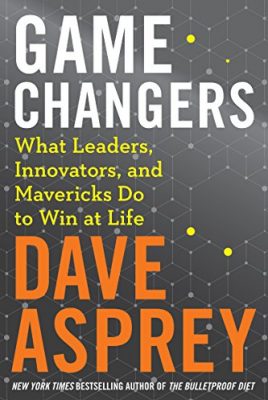
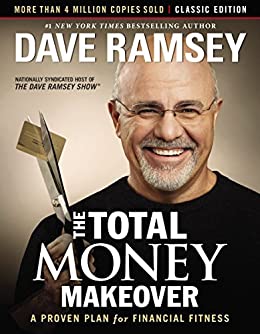


Leave a Reply
View Comments